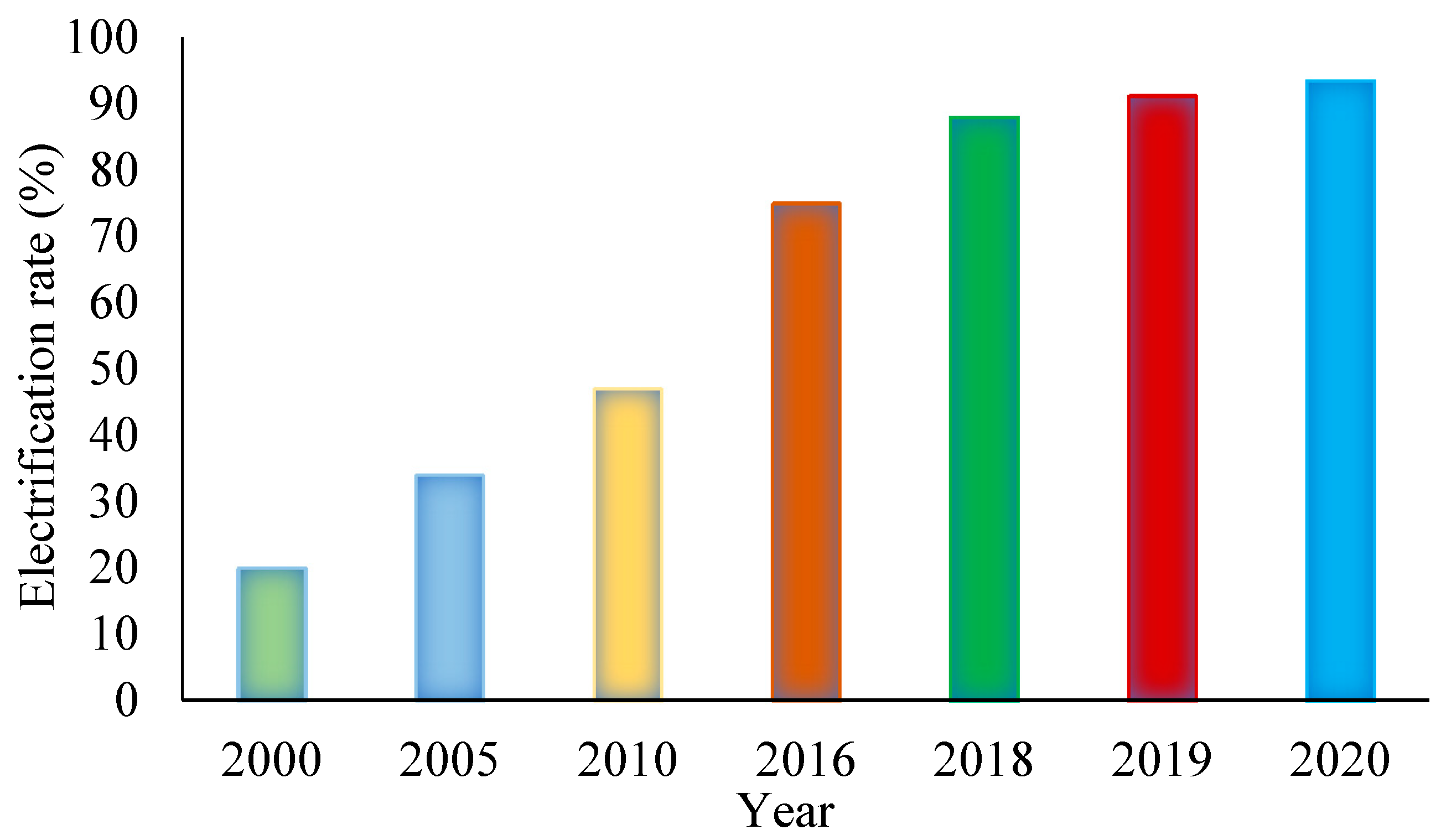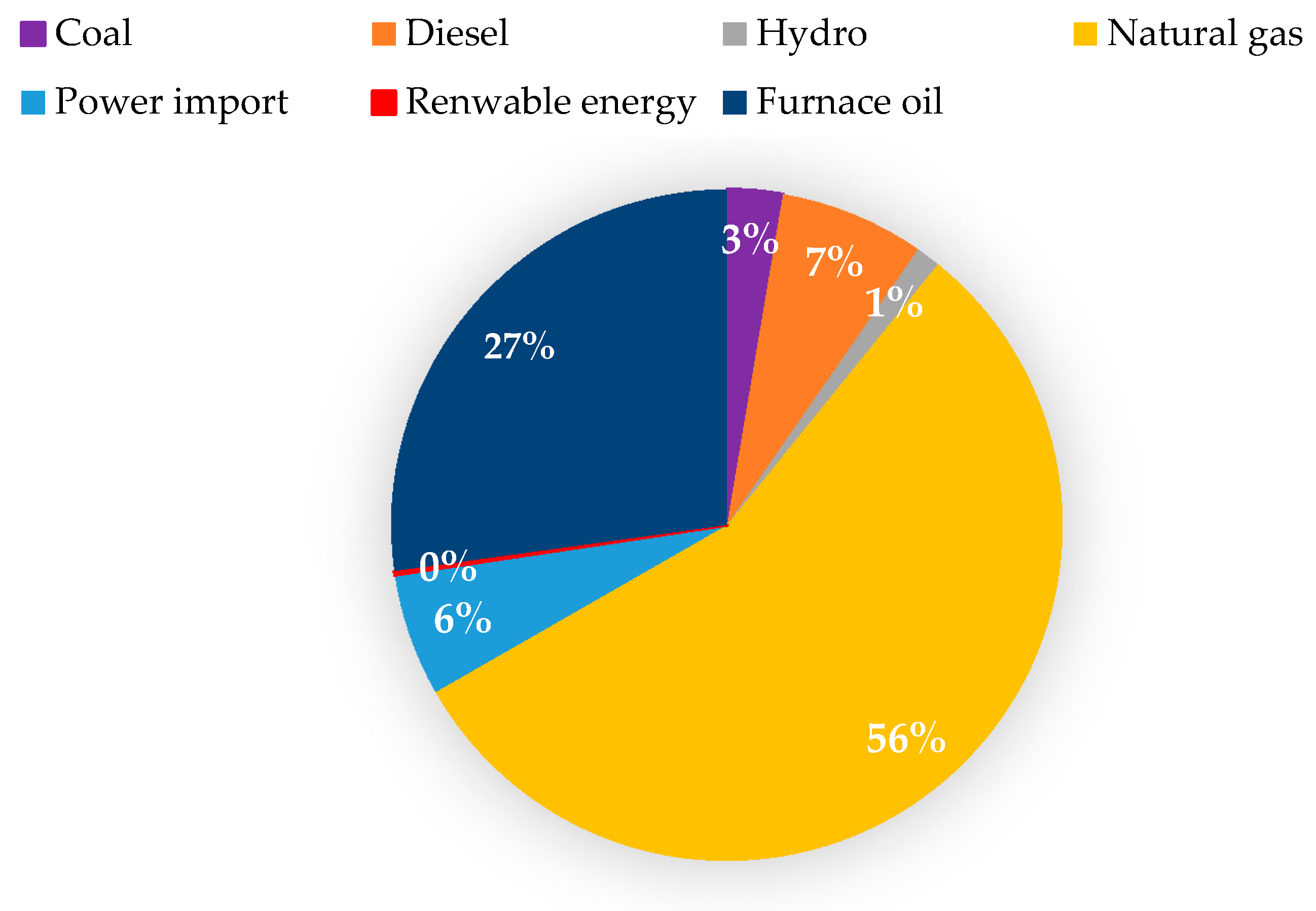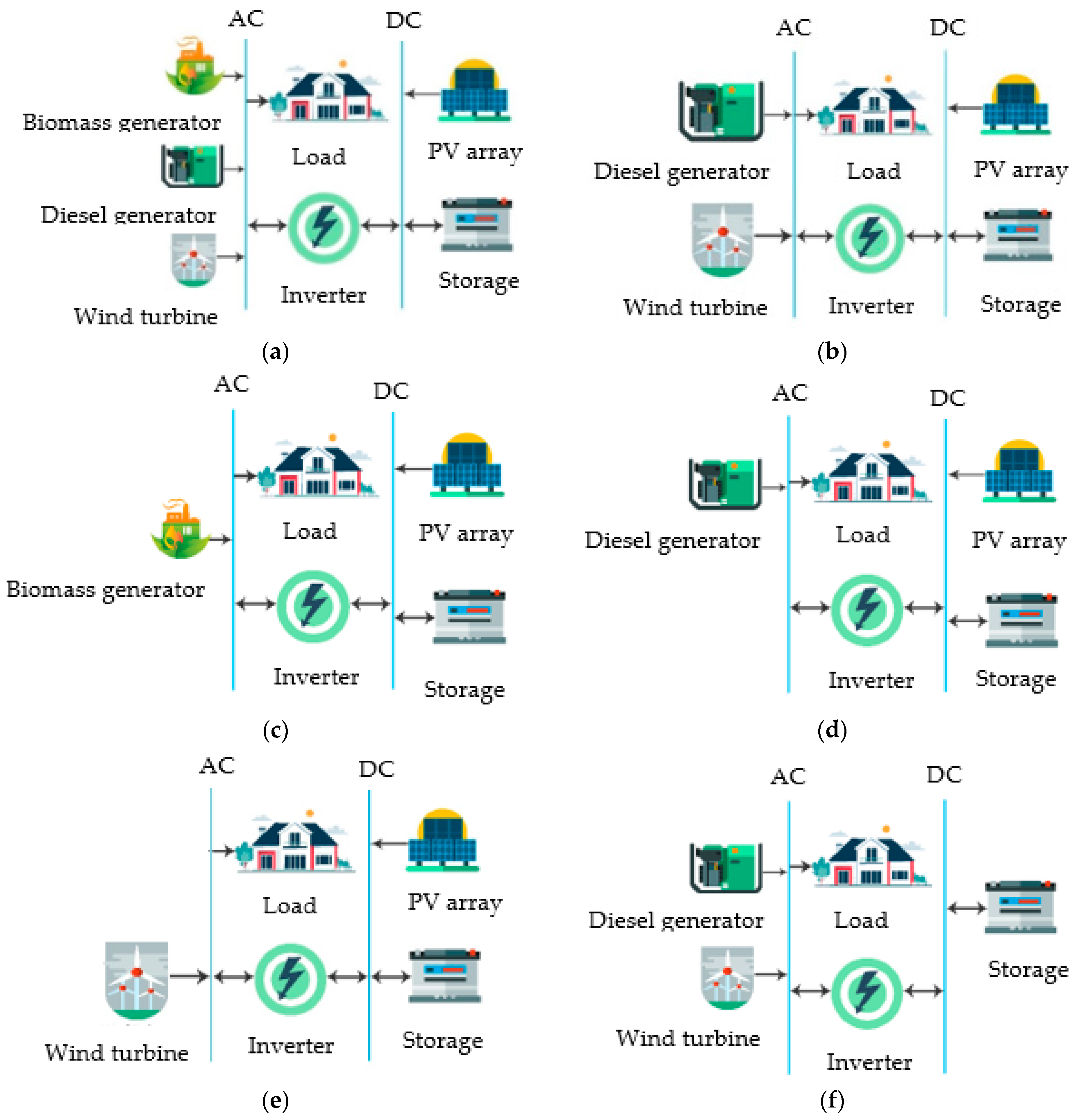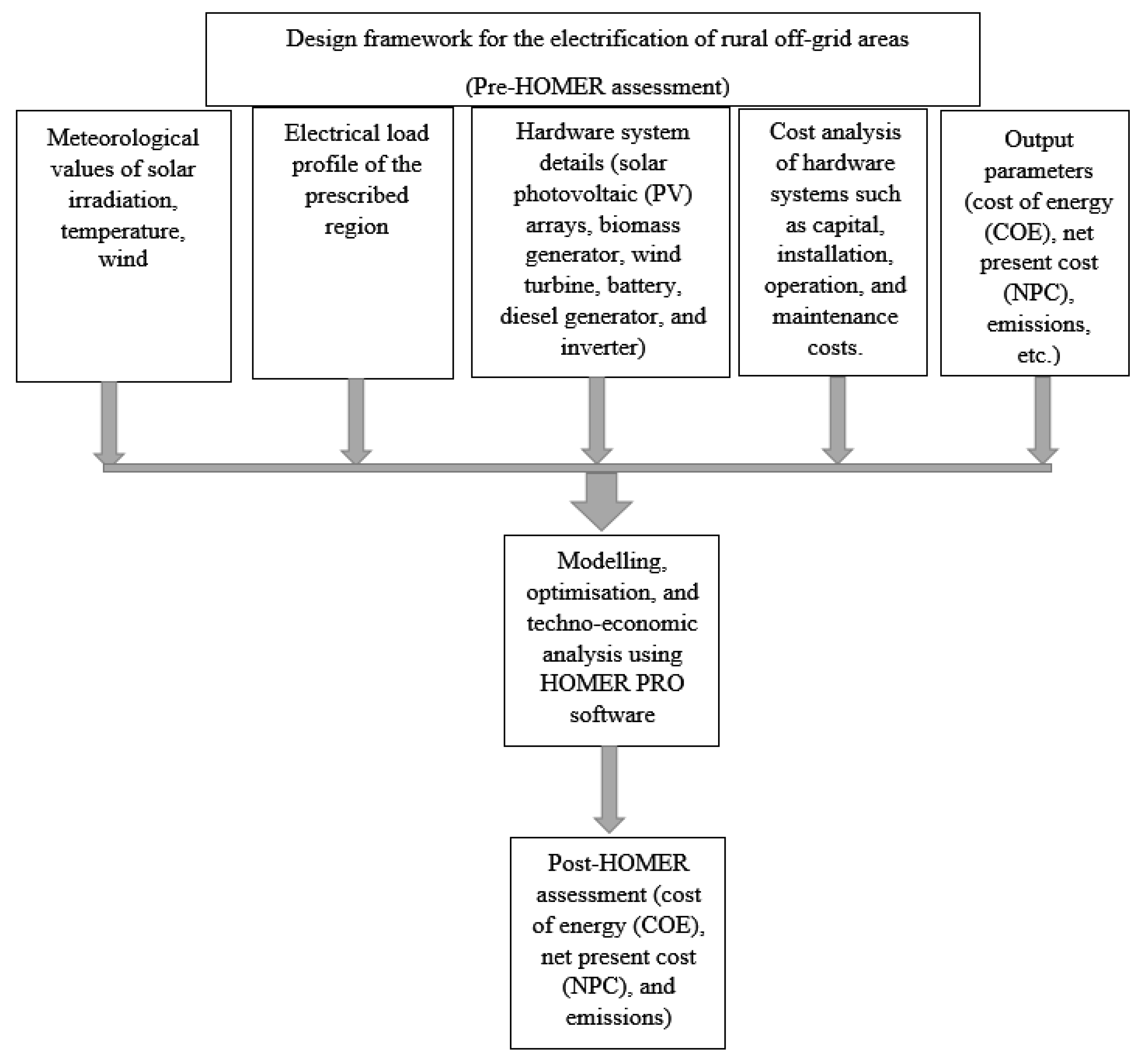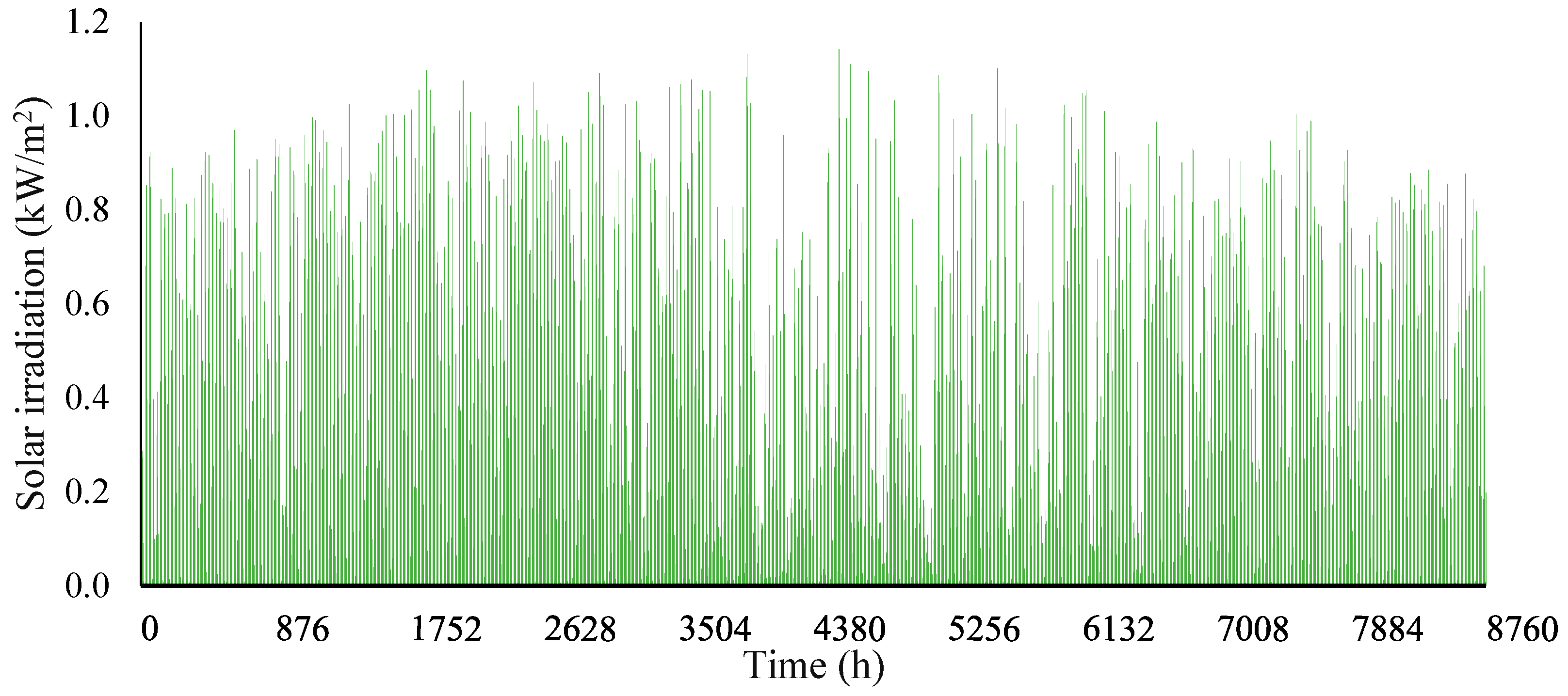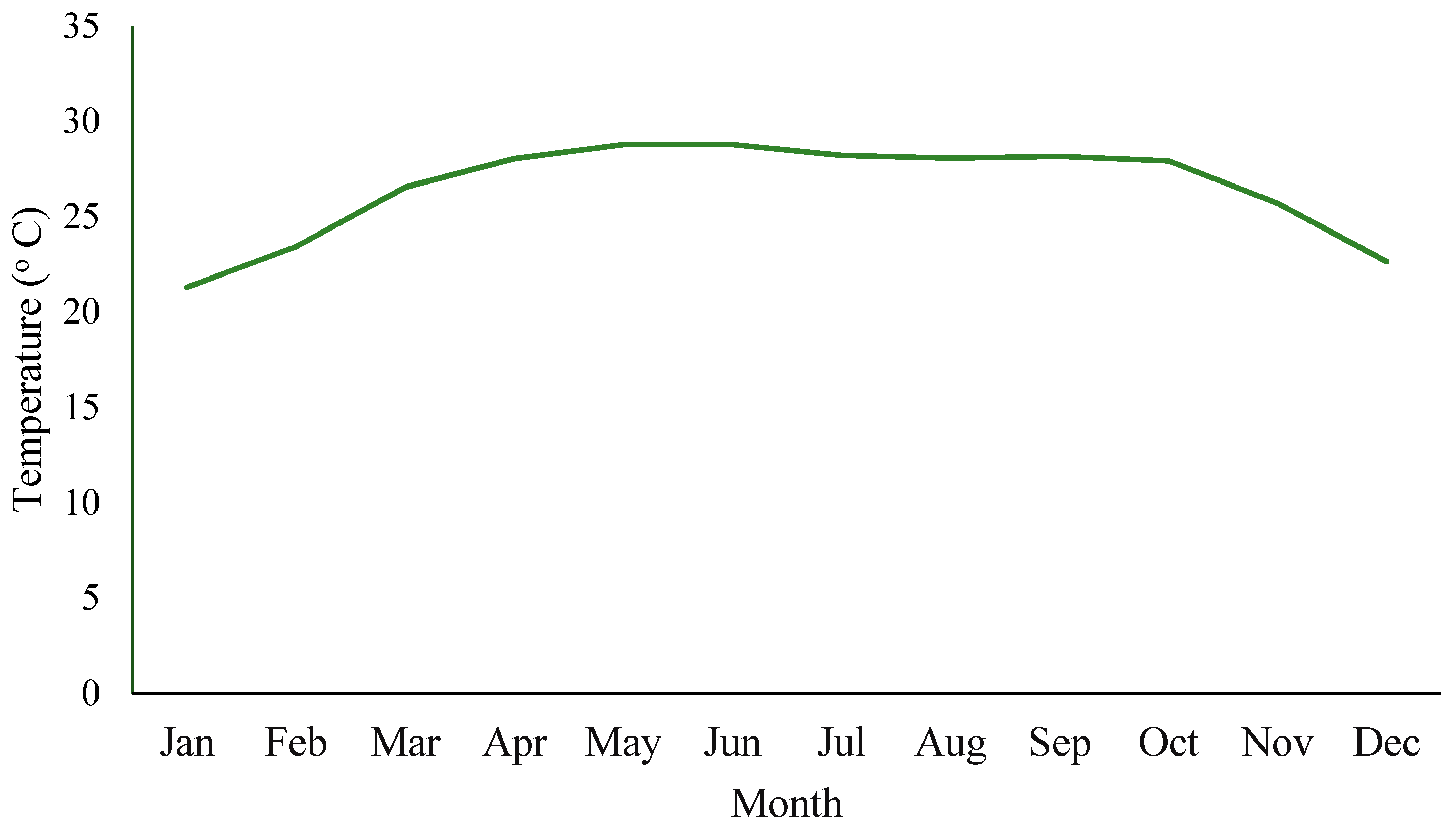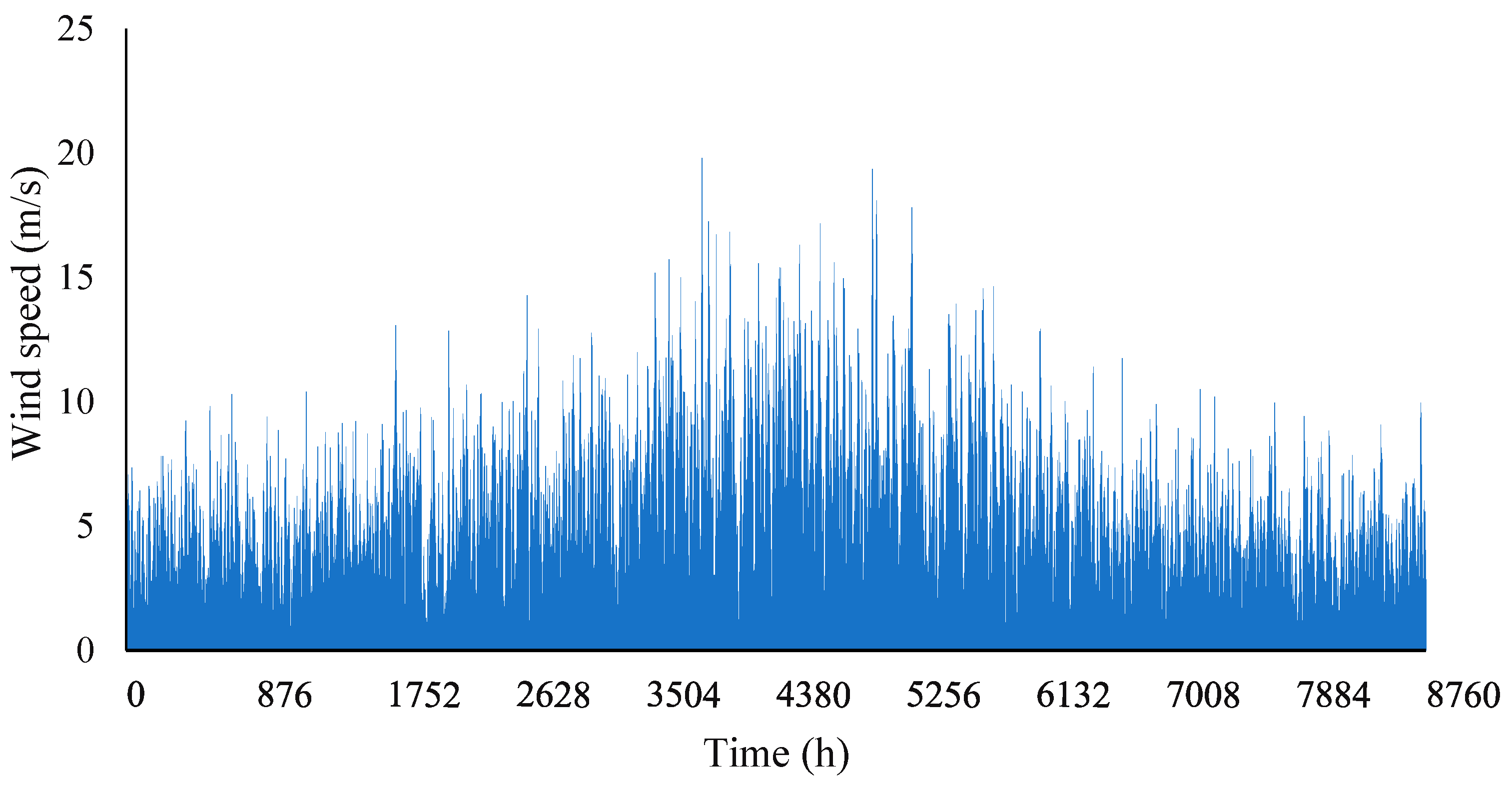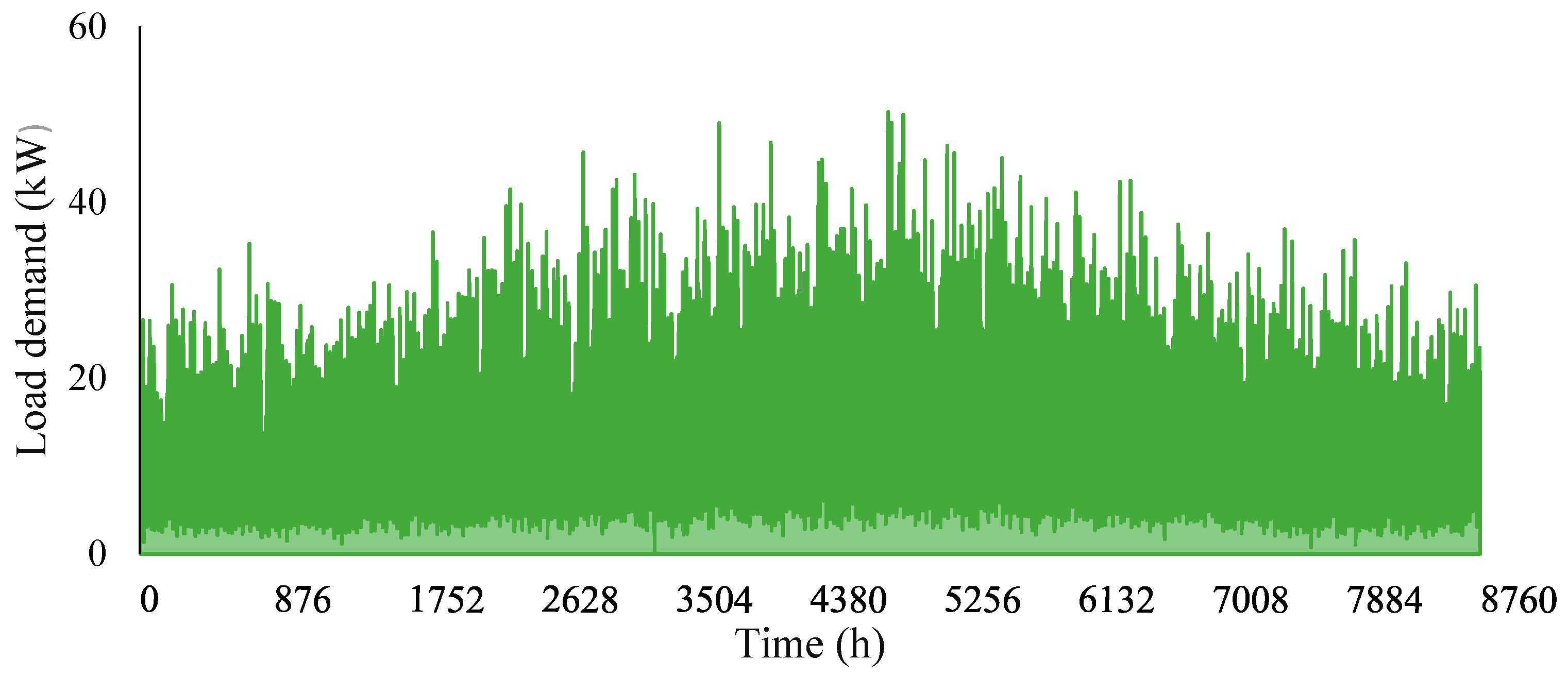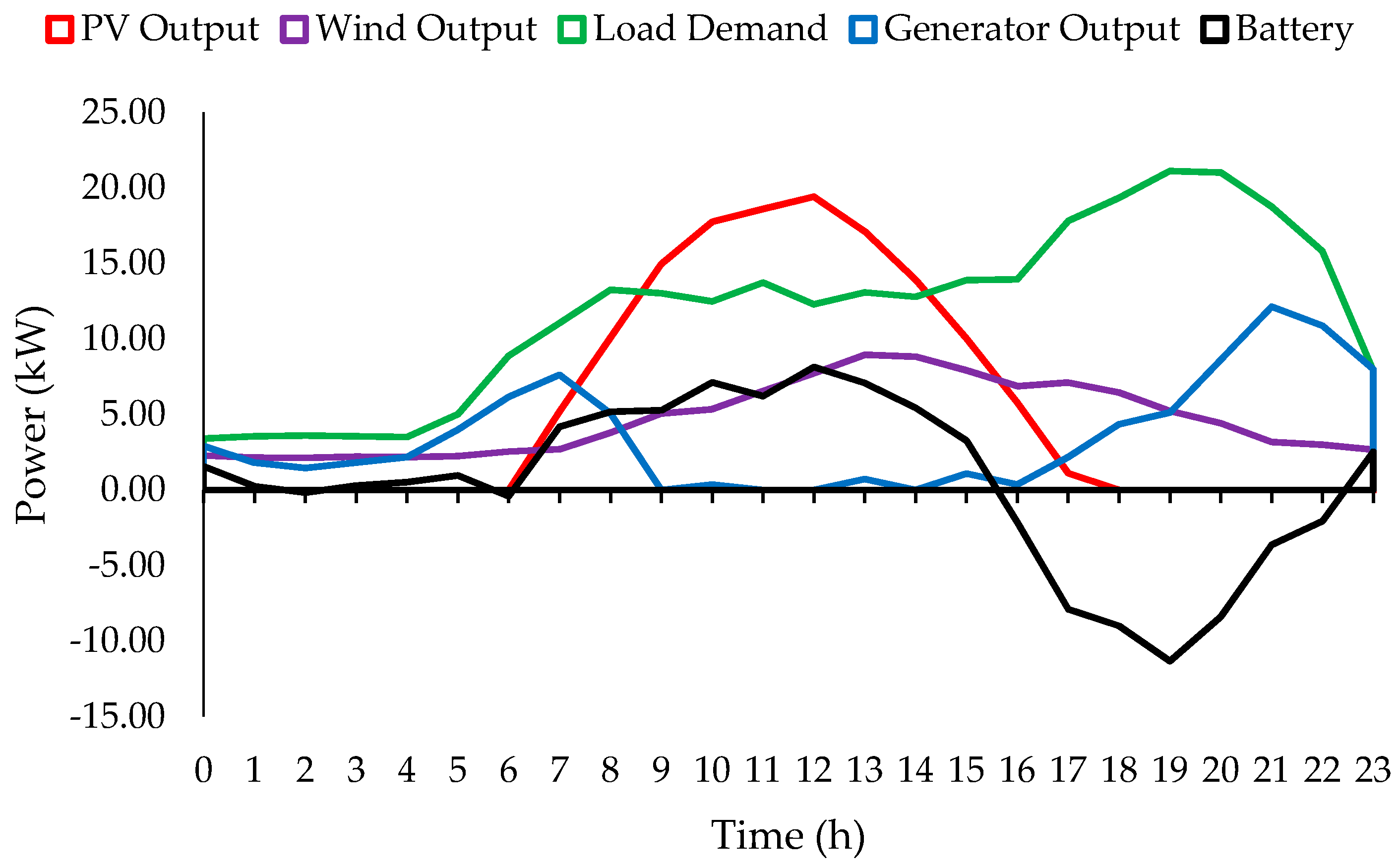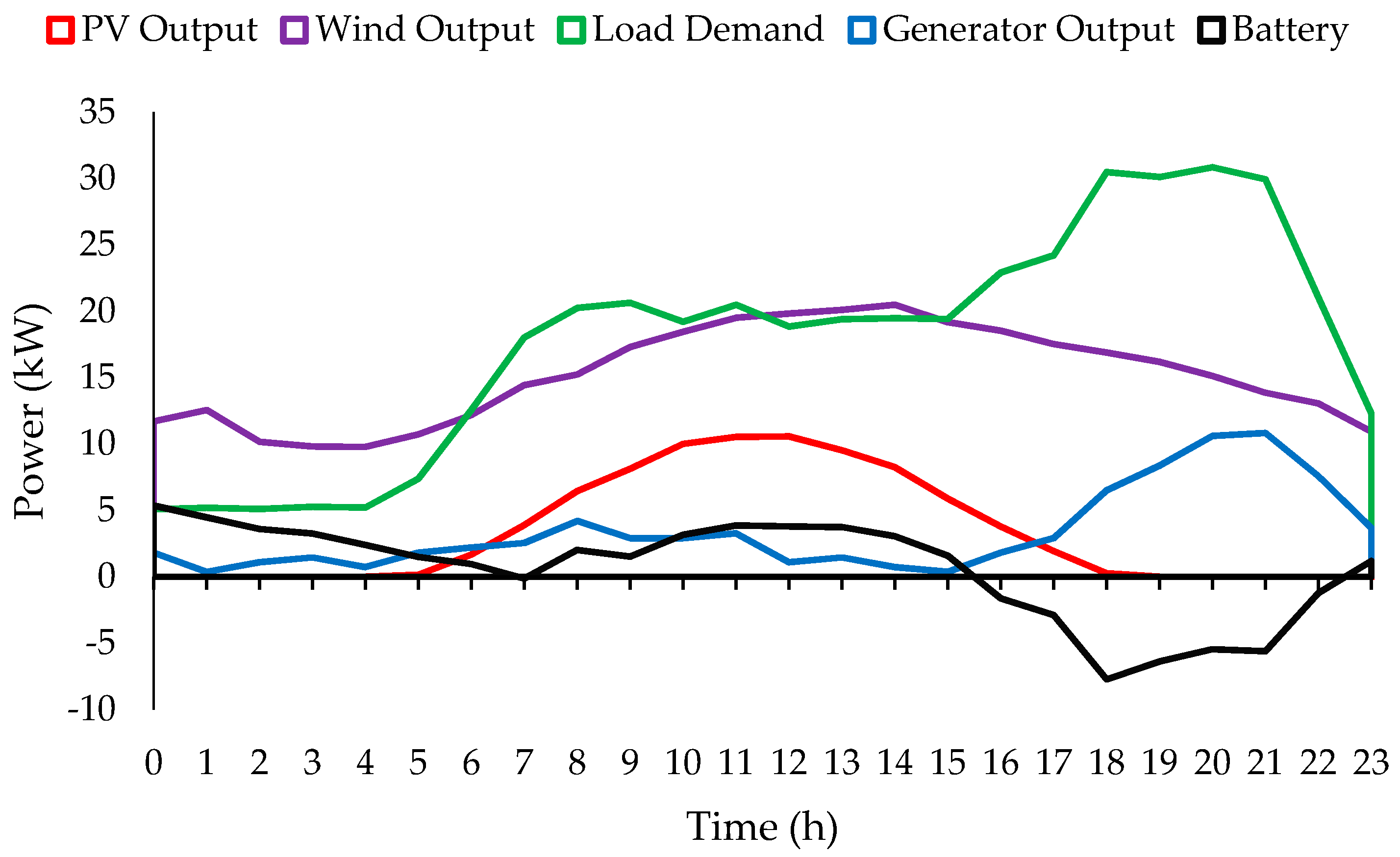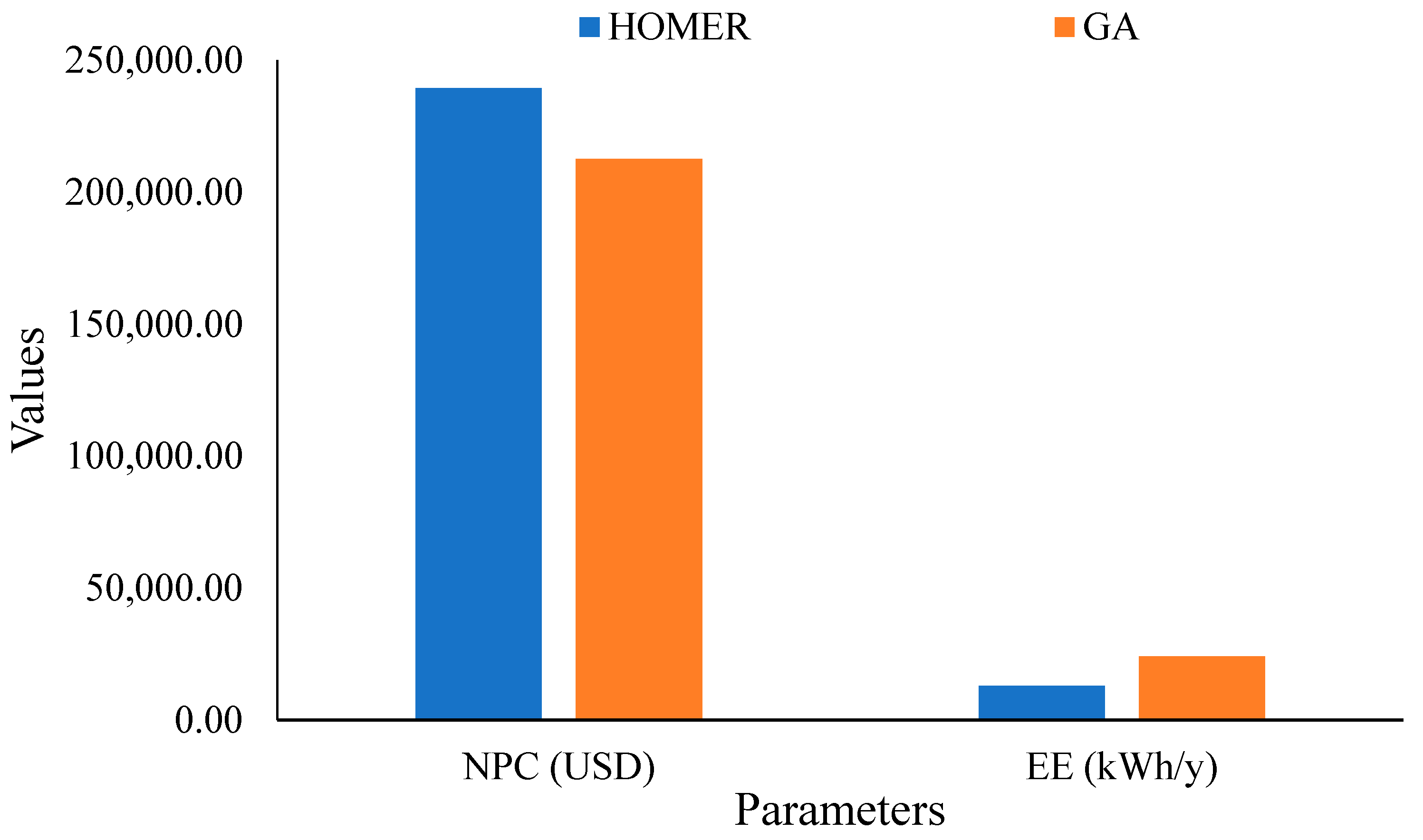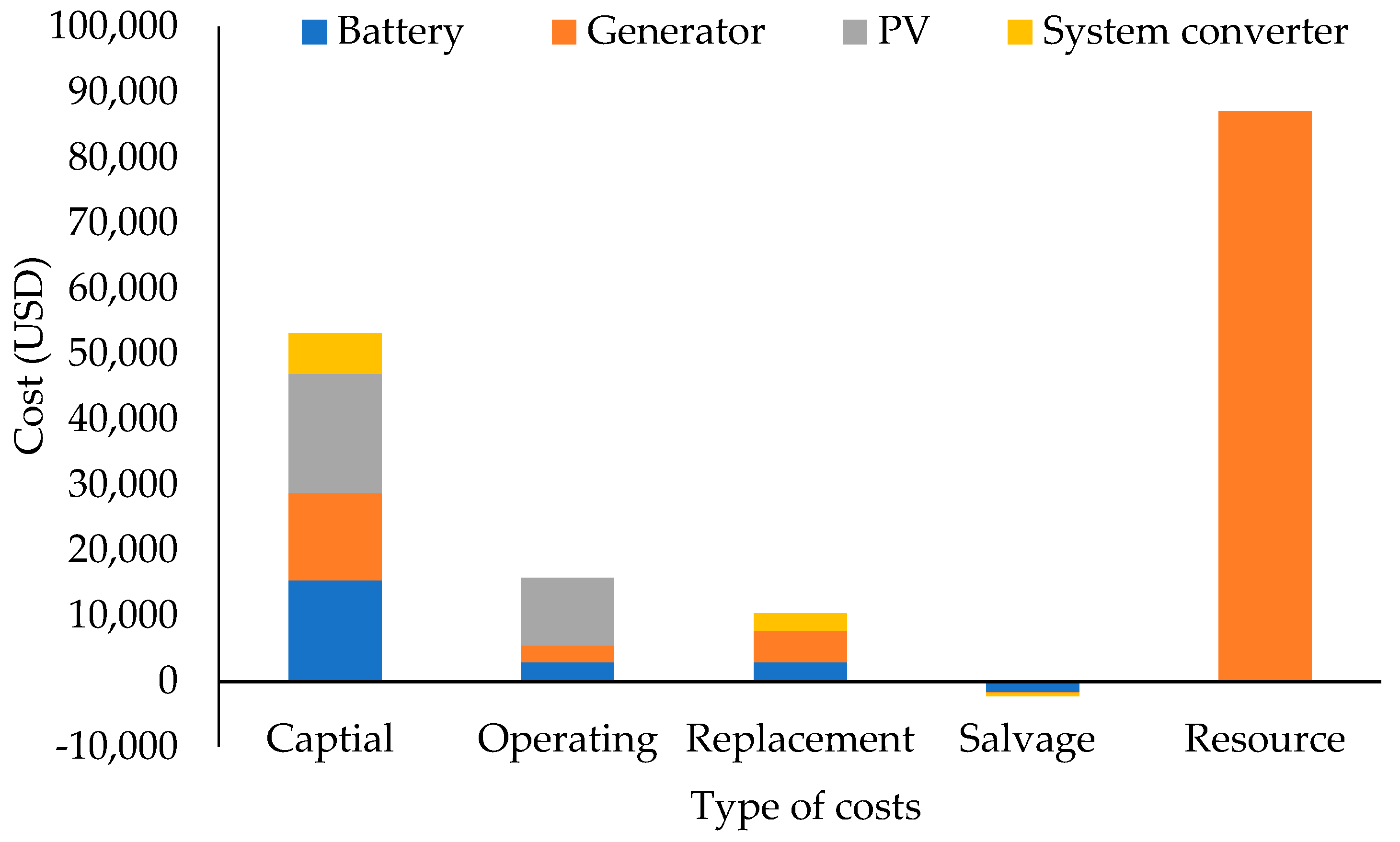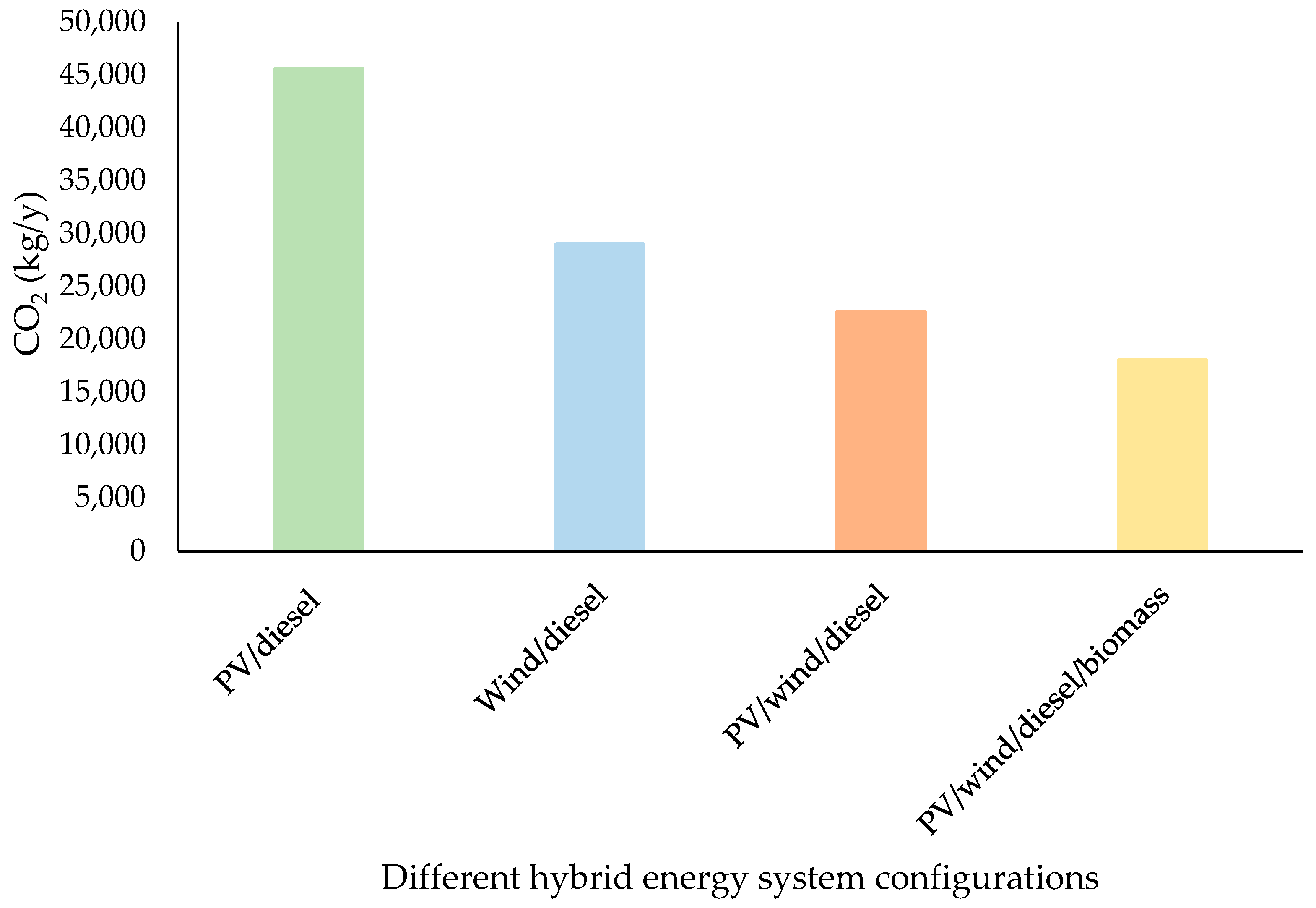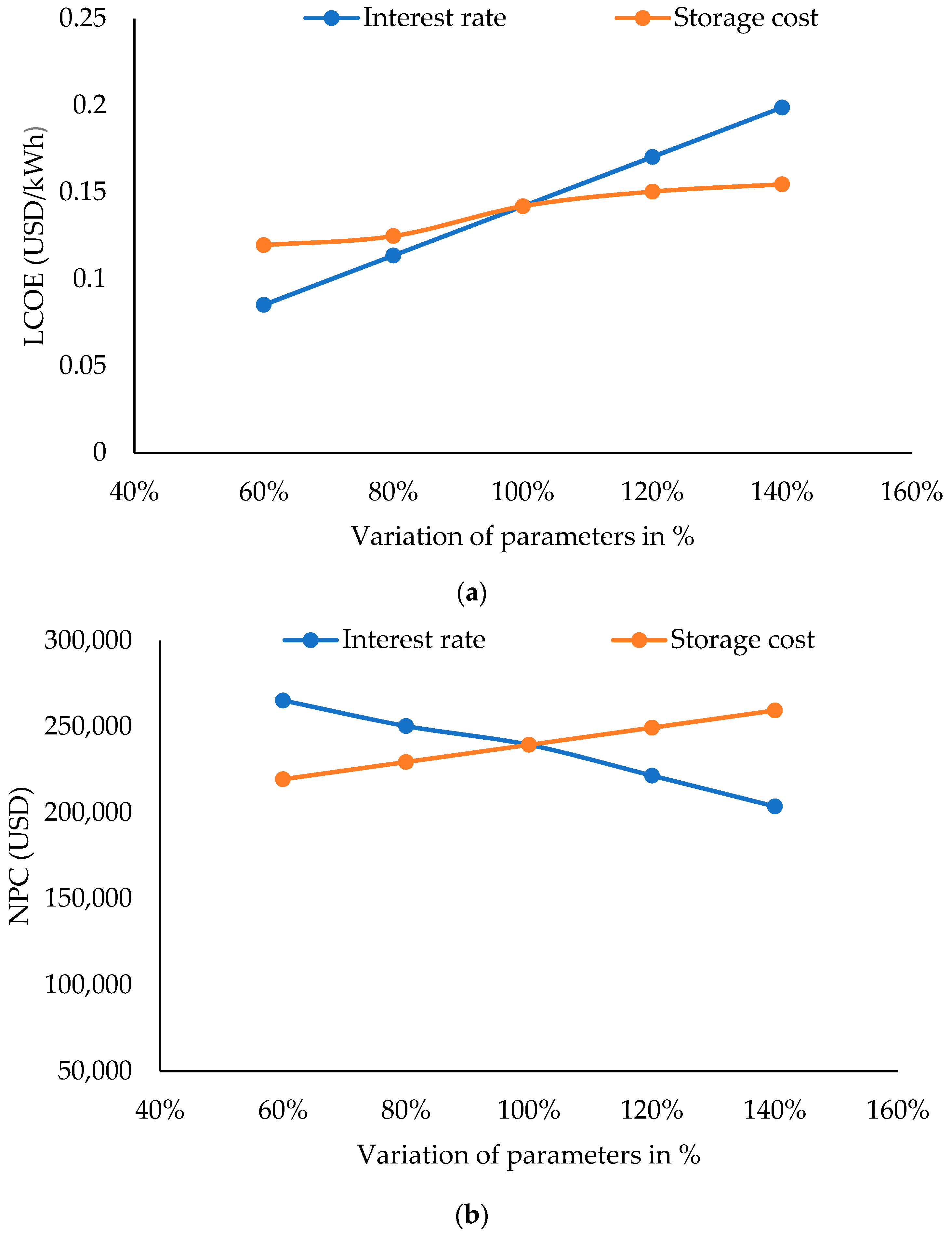1. Introduction
The demand for energy in Bangladesh has been rising significantly over the last decade since the population and economic development is rising rapidly. The most common form of energy is electricity, which is required to fulfil the demand for the largely rural communities, including the hilly areas [
1,
2]. Energy is considered an engine for the economic development of a country, especially for developing countries. It can also be used to raise the overall productivity of a country [
3]. Therefore, electricity is a must to facilitate sustainable and subsequent development.
It has been approximated that around 14% of the population of the world—that is, about 1.06 billion people—are suffering from no supply of electricity. Among these people, about 41 million people in Bangladesh do not have any supply of electricity [
4].
Figure 1 shows the electrification rate (%) of Bangladesh and implies that the number of people obtaining access to power (electrical energy) is increasing, although with the increase of the population, it is still lagging. Globally, conventional forms of energy, such as natural gas, oil, and coal, are used to fulfil the higher demand for electricity. However, these sources are in a state of decline due to their lower reserves and large utilization. Moreover, all these sources of energy create pollution in the fresh environment. As a consequence, it is imperative to decrease the emission of carbon dioxide (CO
2) by 50–80% by the end of 2050 [
5]. Emissions can be lowered by decreasing the dependency on traditional energy resources and implementing potential technologies for renewable energy sources [
6,
7,
8]. Hence, it is essential to find sustainable sources of energy to reduce the share of conventional sources of electricity and environmental pollution. To do this, one possible solution is to promote renewable and optimal sources of energy to fulfil the growing load demand in Bangladesh as well as in the global world [
9,
10].
In a similar way, the demand for electricity in the global world is increasing drastically to maintain the world economy and development [
12,
13]. Due to the crisis of electricity, global industry, firms, and commerce are in a state of decline. As a consequence, developing countries face an outage of a grid of about 8 h, and in many cases, this period increases to up to 18 h [
3]. In addition, developing countries experience problems related to electricity demand for millions of electricity-deprived people as well as difficulties in maintaining a clean environment with economically feasible sources of energy [
14,
15]. A longer period for the shortage of electricity reduces the gross domestic product (GDP) for the developed and developing countries [
16].
In the case of Bangladesh, the power sector has been developed significantly, which covers electricity demand through a 90% grid supply although the per capita electricity consumption is still lower (382 kWh) when compared to per capita consumption (3127 kWh) of the world [
1]. However, renewable energy technologies and their implementation are not common in Bangladesh. The current scenario is not able to fulfil the growing demand for electricity throughout the country. The off-grid renewable energy sources cannot supply electricity without any interruption as they are solely dependent on environmental factors and uncertain availability [
17,
18]. To this end, systems of hybrid energy are considered as feasible alternative solutions for this scenario. It is considered that a solar photovoltaic (PV) source with batteries or fuel combustion-based engines are viable and financially feasible [
19,
20]. However, the hybrid configuration of PV/wind/diesel/biomass is rare in prior research for the off-grid communities of Bangladesh. This paper presents a framework for the rural electrification of Bangladesh by designing systems depending on available sources of energy. In particular, this paper shows hybrid systems of energy including biomass which are rare in prior research. This paper also presents optimal sizing of hybrid systems of energy to supply continuous energy to the considered area, for instance, Kukri Mukri island in Bangladesh. This study also investigates the optimal feasibility of several (six) grid-connected as well as off-grid systems for the suggested area. In addition, a comparative study of the recommended PV/wind/diesel/biomass is determined by using the HOMER Pro software (HOMER Energy, LLC) and the genetic algorithm (GA) technique. The algorithm of HOMER Pro software has the capability to evaluate and design different hybrid energy systems for off-grid and grid-connected communities by optimizing the system costs, and it can supply sensitivity analysis.
2. Overview of Power Generation Sector in Bangladesh
In Bangladesh, the demand for electricity is increasing significantly, while the maximum amount of electricity production has been around 12,893 MW until now, and considering renewable energy sources, it has been about 22,787 MW. The total capacity of the installed grid electricity was about 19,630 MW in 2020 and 18,961 MW in 2018–2019. Currently, an amount of 1160 MW of electricity is required to be imported from outside of the country to meet the demand for electricity [
21].
Figure 2 depicts the rate of electricity capacity generated from different available energy sources in Bangladesh that have already been installed.
Table 1 shows the capacity of grid electricity and the maximum production of electricity. It is shown that the amount of maximum production of electricity is lower than the grid electricity [
21].
The plan for the production of the electricity of a country solely depends on the available sources of energy. In the case of Bangladesh, coal, gas, and nuclear power sources are utilized to generate power for different power plants. The generation of power capacity is expected to reach 24,000 MW by the end of 2021, 40,000 MW by the end of 2030, and 60,000 MW by the end of 2041 [
21]. On the other hand, the demand for power (electrical energy) is 14,800 MW in 2020, 19,000 MW in 2021, 33,000 MW in 2030, and 52,000 MW in 2041. Additionally, per capita production of power is expected to be 510 kWh in 2020, 700 kWh in 2021, 815 kWh in 2030, and 1475 kWh in 2041 [
21].
3. Prior Research on the Techno-Economic Discussion on Different Hybrid Systems of Energy
In this work, several different scientific articles have been reviewed to analyse the feasibility of the economic aspects of standalone off-grid systems for hybrid energy [
22,
23,
24,
25,
26]. Additionally, a number of different grid-connected hybrid energy systems have been examined [
27,
28,
29,
30]. In different configurations of hybrid energy, PV, wind, hydro, and biomass are commonly used sources of energy based on their availability in the specified regions. In the majority of hybrid energy systems, diesel generators and batteries are used as backup sources of energy and energy storage systems, respectively. Moreover, the converter is used for the conversion from DC to AC or vice versa. In the selected off-grid region (Kukri Mukri island), hydro or water energy sources are not significantly available. Hence, different configurations of PV, wind, biomass, diesel, grid, converter, and battery are considered for this region.
Table 2 presents several systems for hybrid configuration of energy including solar PV, wind, biomass, grid-connection, diesel, and battery. In the majority of these configurations, techno-economic analysis was done depending on the levelized cost of energy (LCOE), net present cost (NPC), and emissions including CO
2.
In prior research, both off-grid and grid-connected configurations are analysed where grid-integrated systems are modelled in an economical way that excess or deficiency power of hybrid systems is taken or supplied to the grid. By analysing NPC, fully renewable energy systems showed the highest cost, while the diesel with renewable energy systems had the lowest cost [
42]. As a consequence, hybrid energy systems with grid integration can be considered as an economic way of electrification, especially in the power-deprived areas (rural and sub-urban) of developing countries (Bangladesh, Pakistan, and so on).
Considering the rural areas of Bangladesh where electricity supply is not sufficient due to their long-distance and dispersive location from the place of grid utility, rural people depend on traditional fuel, such as diesel generators, for electricity [
43]. As a consequence, the cost of fuel and emissions is increasing while the quantity of fuel is diminishing largely. Hence, the economical alternatives are to use solar, geothermal, biomass, wind energy, and so on to decrease the dependency on traditional fuels. These fuels generate less quantity of pollution and they are available in nature [
44]. However, they depends on the site selection and nature of the weather, and based on that, different configurations of hybrid energy systems can be designed for rural electrification [
45]. Additionally, oversizing the system components is required to fulfil the energy demand hours that need a large amount of cost. On the other hand, the installation cost of the generator for diesel fuels is beneficial when compared to the PV and wind sources of energy. These renewable sources of energy alone cannot fulfil the required demand for energy [
46]. Therefore, hybrid systems of energy including renewable and traditional sources of energy would be a feasible option for rural power systems in under-developed countries.
A number of different systems of hybrid energy, including PV/diesel, PV/wind, PV/wind/biomass, and without or with the storage media (battery), are being developed as economic solutions for remote islands and off-grid areas. Several prior researches investigate that these hybrid systems are techno-economically feasible and able to satisfy the demand for rural electrification. Previous research also shows that the effectiveness of the hybrid systems of energy is about 15 to 75%, whereas about the value is around 10% for the PV solar system.
In the community area of Sitakunda in Bangladesh, it was presented that the hybrid configuration of energy (PV/wind/battery) can reduce the LCOE and NPC by about 20%, as well as reduce diesel use by about 50% more than the diesel-fuel operated generator [
47]. On another island of Bangladesh called Saint Martin, the techno-economic analysis showed that LCOE was about 0.345 USD/kWh, and NPC was 137,927 USD [
48]. However, the techno-economic analysis based on PV/wind/biomass/diesel is not described in prior literature for the different off-grid communities in Bangladesh. Hence, in this work, an off-grid island of Bangladesh named Kukri Mukri is techno-economically analysed with different hybrid configurations. All these configurations are analysed based on LCOE, NPC, and emissions.
6. Conclusions
This work builds a hybrid system for rural energy framework for an off-grid region (Kukri Mukri island) using available resources for energy to fulfil the necessity for energy. The proposed framework can be implemented in any rural area based on the available sources of energy. The load profile, assessment of energy sources, and profile of the socio-economic state have been examined for the prescribed study area. The corresponding economic and technical aspects, as well as feasibility analysis, have also been done for different off-grid configurations. This hybrid system of energy configurations can meet the demand for electricity for rural communities.
In the majority of the rural areas in Bangladesh, access to power (electrical energy) is limited for only a few hours a day. Hence, it is required to maintain a continuous supply of electricity for off-grid community people. To do this, different hybrid systems of energy configurations, such as PV/wind, PV/diesel, PV/biomass, wind/biomass, PV/wind/diesel, and PV/wind/diesel/biomass, have been analysed with their techno-economic aspects and environmental impacts. It is obtained that a PV/wind/diesel/biomass configuration can meet the electricity demand for the study area with less environmental emissions. This configuration of a hybrid system of energy can be used for both purposes if it generates additional electricity that is possible to sell to the grid, while a deficiency of power (electrical energy) can be bought from the system of grid, although this configuration can meet the required load demand for that off-grid community. This study proposed optimal sizing for the hybrid system depending on NPC and LCOE. The recommended configuration is PV/wind/diesel/biomass, and this is based on optimal solutions and cost analysis aspects. By the integration of the grid with the PV/wind/diesel configuration, it can be provided as an alternative solution, while the PV/wind/diesel/biomass configuration can be used solely for the studied off-grid community. However, the access of grid integration does not require a large amount of capital cost for the selected area. The basis of selecting the most optimal solution is to model and design a hybrid system that can satisfy the power requirement throughout 24 h (a day). In this case, a PV/wind/diesel/biomass configuration can meet the electricity demand with additional (excess) electricity of 13,042 kWh/y, and the LCOE and NPC are 0.142 USD/kWh and 239,494.50 USD, respectively. To implement this configuration, a PV cell with a capacity of 400 W, a battery of 1300 kW, a wind turbine of 10 kW, a biomass gasifier of 5 kW, a bi-directional converter of 1 kW, and a diesel generator of a capacity of 45 kW are required. This system of configuration is robust and reliable. The current framework has been developed by considering a rural area of Bangladesh, although it can be applied to any off-grid rural community globally.
